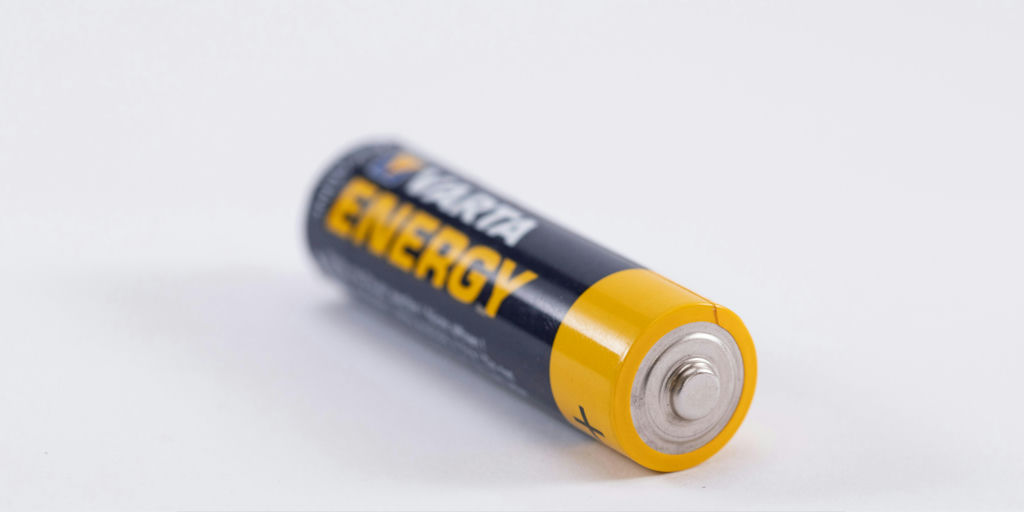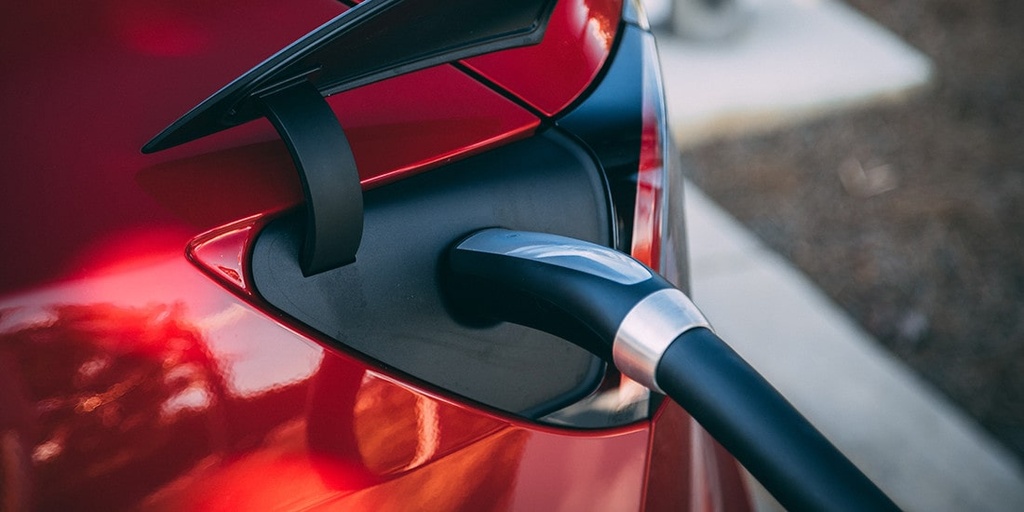Use rechargeable batteries
- Earth Points
- 1
- Ease
- Easy
Description
For many of the toys and electronics that we use, wasteful alkaline batteries still rule. Global alkaline battery production exceeds 20 billion units, with almost all of those ending up in a landfill after only a single charge.
Sadly, most batteries collected through household battery collection programs are disposed of in hazardous waste landfills. Even stores that have established take-back programs admit that it often ends up in the trash. Batteries contain polluting metals such as mercury, lead, cadmium, and nickel, which can leak into the surrounding environment and water table. Plus when incinerated, these metals can get released into the air.
A simple way to create a better world is to use rechargeable batteries for portable electronics. Smaller battery sizes for these types of devices make up 84 percent of all alkaline battery sales. These can be easily replaced with rechargeable versions that can be used for up to 500 charges. Rechargeable battery technology has come a long way!
While rechargeable batteries are more expensive upfront, they will save you a ton of money in the long term. The average cost of a non-rechargeable battery is about a third of a rechargeable one. After the third recharge of a battery, you are saving money and preventing waste. Kids or no kids, this will save you major money over your lifetime, plus the time to continuously buy new batteries.
Tips
• So how do you recharge batteries? A solar or electric recharger. There are a wide range of solutions for different needs. Check out the options online.
• There are chargers for different battery sizes and even chargers that work with multiple battery types. Start with the batteries you use most.
• A good trigger to remind yourself to make the switch and buy rechargeables is when you get to the point that you almost run out of throw-away batteries and need new ones.
• If you go with an ultra fast charger (one that claims to charge in one hour or less) be aware that they typically do not fully charge the batteries. Fast chargers tend to lack the ability to top off at full charge.
• Worried about running out of batteries that are charged and ready to go when you need them? Buy a few extra to have in reserve. They hold their charge well over time, only losing about a tenth of it each month.
• Get into the habit of putting low charge batteries right into the charger to power up when you swap in new ones. Store your batteries in waiting near where you charge batteries to help keep everything together and tidy.
• Buying a complete system for someone you care about is a nice gift idea.


